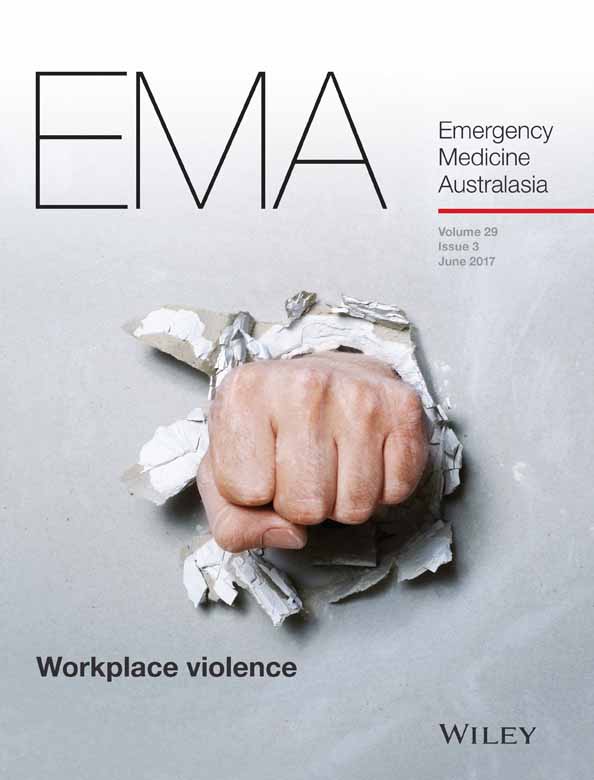Patterns of low acuity patient presentations to emergency departments in New South Wales, Australia
Abstract
Objective
To explore the patterns of low acuity patient (LAP) presentations to EDs in New South Wales (NSW), Australia.
Methods
Retrospective study of NSW public hospital ED presentations between January 2013 and December 2014 that were registered in the NSW Emergency Department Data Collection (n = 409 035). LAPs were defined according to the Australian Institute of Health and Welfare (AIHW), Sprivulis and multiple ACEM methods. Multivariable logistic regression was used to assess the adjusted odds of LAP ED presentation by a suite of sociodemographic factors.
Results
The percentage of LAPs varied considerably by definition, being as high as 54.7% (inner regional areas) and as low as 3.2% (major cities) using revised ACEM methods modified to contain unlimited consultation times or consultation times of 15 min or less, respectively. For each method, higher proportions of LAPs were observed in inner regional and remote/very remote areas relative to major cities. LAP ED presentations, based on ACEM definition with 1 h or 15 min consultation times, were greater in younger patients, increased during out of business hours and weekends, and decreased with increasing general practitioner (GP) density.
Conclusion
The percentage of LAPs varied substantially by definition, and further work is required to validate the methods, particularly around the appropriateness of length of consultation time with ACEM, between different hospitals and remoteness areas. Age was strongly associated with low acuity, with substantial effects also observed for GP density, and attendances during out of hours and weekends.




